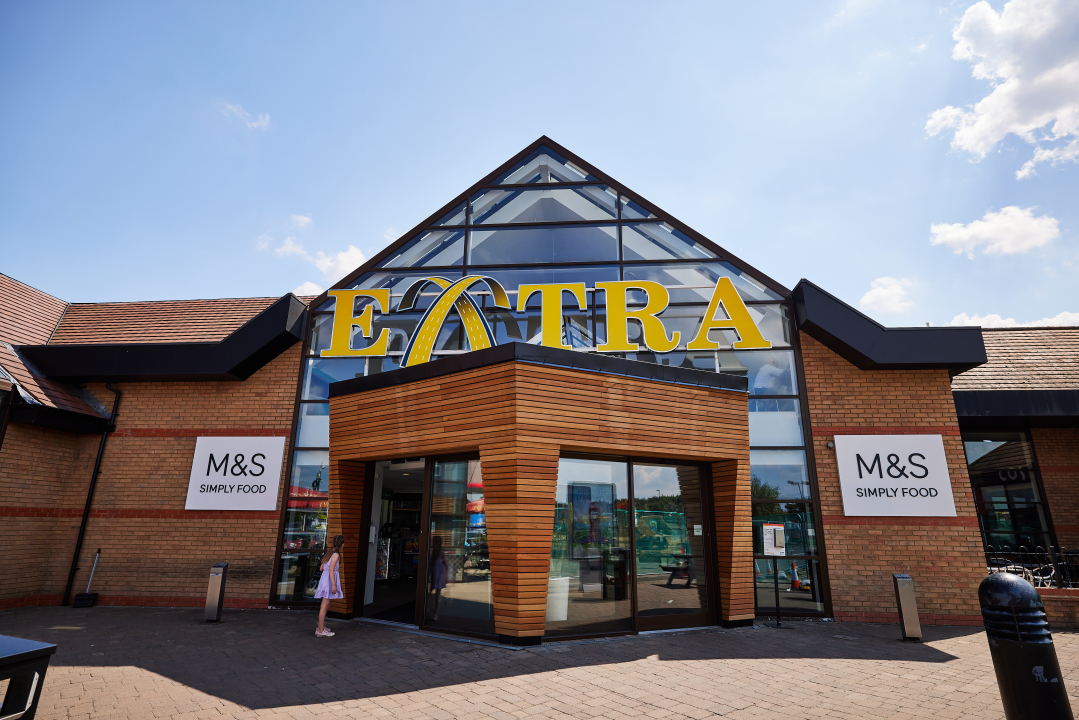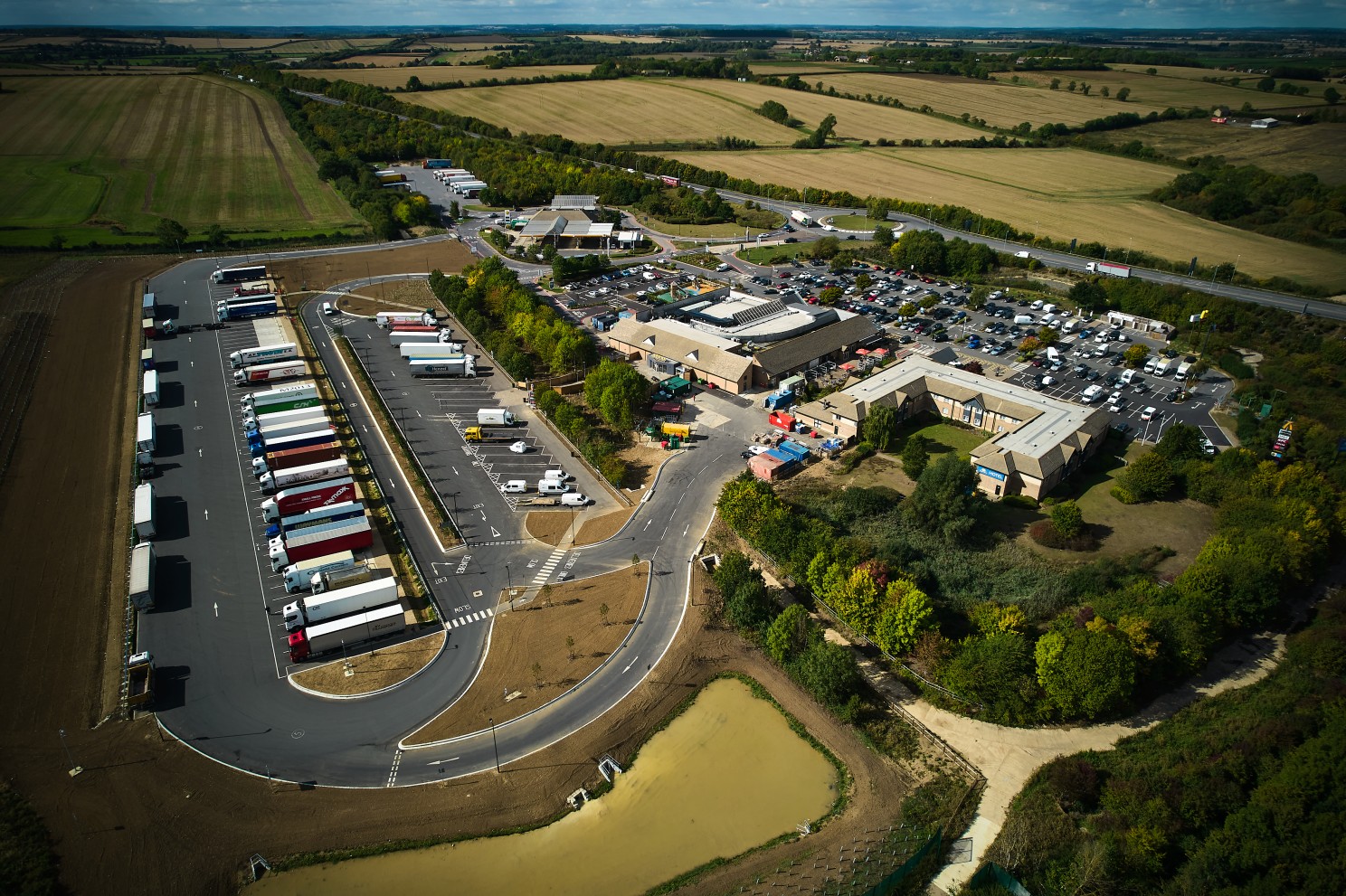
Josh Cousens
Stratégiai partnerség: SNAP és az Extra megközelítése a tehergépkocsik parkolásával kapcsolatban
Létrehozva: 01. 08. 2024
•
Frissítve: 13. 08. 2024
Ross Mendenhall igazgató elmagyarázza, hogy a SNAP hogyan segített az Extra Motorway Service Area (MSA) vállalatnak abban, hogy 2011-es együttműködésünk kezdete óta évente akár 8%-kal növelje bevételeit a hálózatán.
"Számunkra kulcsfontosságú előny, hogy a SNAP ügyfélkör folyamatosan bővül, így évente további 30 000 potenciális ügyfelet érhetünk el" - mondja Ross Mendenhall, aki a SNAP-ot használja az Extra teherautó-parkolási üzletágának maximalizálására.
Ross elmagyarázza szerepét az Extránál: "Biztosítom a legjobb munkakörnyezetet és folyamatokat, amelyek lehetővé teszik számunkra, hogy maximális ügyfél-elégedettséget nyújtsunk, és a vezérigazgatóval együttműködve biztosítom, hogy növekedési céljainkra összpontosítsunk.
"Szorosan együttműködöm a beszállítóinkkal és a bérlői márkákkal is, hogy a lehető legjobb élményt nyújtsuk mindazoknak, akik ellátogatnak az MSA-kba."
Extra autópálya-szolgáltatási területek
Miután 2000-ben megnyitotta első telephelyét Cambridge-ben, az Extra mára az Egyesült Királyság egyik legnagyobb autópályaszerviz-üzemeltetőjévé vált. A Transport Focus autópályaszerviz-használókra vonatkozó legutóbbi felmérése szerint az Extra az első számú szolgáltató az Egyesült Királyságban az ügyfelek elégedettsége tekintetében.
Ross szerint: "Vállalkozásunk ethoszának középpontjában az az elkötelezettségünk áll, hogy minden látogatónk számára nagyszerű élményt nyújtsunk.
"Különösen büszkék vagyunk arra, hogy az Egyesült Királyság néhány kedvenc étel- és italmárkájának széles választékát, festői szabadtéri tereket kínálunk kutyasétáltató helyekkel és játszóterekkel, valamint biztonságos, tiszta és magas színvonalú létesítményeket, amelyeket mindenki élvezhet."
2023-ban 260 066 SNAP-parkolás volt az autópálya-rendszeren kívüli szolgáltatási területeken.

Enter SNAP
Ross 2011-ben kezdett el együttműködni a SNAP-pal, és elmondja, hogy a partnerség hogyan segítette az Extra teherautó-parkolási szolgáltatásának növekedését. "A SNAP segít kommunikálni kulcsfontosságú szolgáltatásainkat a tehergépkocsi-vezetők és flották felé, láthatóvá téve parkolási, üzemanyag- és mosási lehetőségeinket.
"Elkötelezettek vagyunk a nálunk megálló tehergépkocsi-vezetők elégedettségének növelése iránt, és a SNAP-hálózat részeként ezt meg is tudjuk tenni. Az alkalmazáson keresztül növelhetjük partnerkapcsolatainkat és organikus eladásainkat azáltal, hogy hatékony eszközt adunk az ügyfeleknek, hogy többet tudjanak meg a létesítményeinkről, beleértve azt is, hogyan tehetjük élvezetessé, pihentetővé és biztonságossá az ott tartózkodásukat.""
Milyen volt a telepítési folyamat?
Szerettük volna megtudni, hogy a kapcsolat korai szakaszában voltak-e komplikációk.
Ross azt mondja: "Nagyon egyszerű volt. A SNAP csapata készséggel állt rendelkezésünkre, hogy válaszoljon minden kérdésünkre, és még a beállítás befejezése után is szívesen meghallgatták a visszajelzéseinket arról, hogyan lehetne továbbfejleszteni a rendszert, hogy még jobban megfeleljen az igényeinknek.""
Bevételek növekedése
Megkérdeztük Rosst, hogy a SNAP segített-e az Extrának növelni a bevételeit:
"A SNAP-pal való partnerségünk segített nekünk abban, hogy folyamatosan növeljük bevételeink növekedését, amely éves szinten 8%-kal, a tranzakciók növekedése pedig 2%-kal nőtt.
"A cambridge-i és a peterborough-i szolgáltatásainknál volt a legnagyobb javulás, 11% és 12%. Továbbá, a Peterborough-i, leedsi és cambridge-i szolgáltatásaink jelenleg mind 100% feletti kihasználtsággal működnek."

SNAP Access & Security
Több éves sikeres együttműködés után az Extra 2018-ban megkeresett minket, hogy segíthetnénk-e a biztonsági létesítményeik fejlesztésében.
"Az évek során továbbfejlesztettük partnerségünket a SNAP-pal, és a maximális biztonság érdekében CCTV- és ANPR-technológiába fektettünk be.
"A biztonsági technológiák telepítése mind a nyolc telephelyünkön segített megvédeni a bevételeinket, biztosítva, hogy minden jármű a tartózkodásának megfelelő időtartamára fizessen.
"A SNAP Access & Securityvel való együttműködés hatása szinte azonnal megmutatkozott - a parkolásból származó bevételek mintegy 20%-os növekedését regisztráltuk az üzembe helyezés óta.
"Mivel a biztonság a tehergépkocsi-vezetők számára az egyik legfontosabb szempont, amikor hosszabb időre megállnak, örömmel segítünk kellemesebbé tenni a tartózkodásukat azzal, hogy megnyugtatjuk őket, hogy átfogó intézkedésekkel segítünk minimalizálni a lopás kockázatát.
"A SNAP üzleti intelligencia műszerfalaihoz való hozzáférés azt is jelenti, hogy valós időben tudjuk nyomon követni az adatokat, így a lehető legjobb felhasználói élményt tudjuk nyújtani" - mondja Ross.
The best bit
Az interjú befejezéseként meg akartuk kérdezni Rosst, hogy szerinte mi volt a legjobb dolog a SNAP-pal való együttműködésben:
"A legfontosabb siker számunkra a személyzet hatékonyságára gyakorolt hatás. Az ANPR rendszer bevezetése a fizetési terminálokkal együtt lehetővé teszi a járművezetők számára az önkiszolgálást, ami azt jelenti, hogy a személyzet más kulcsfontosságú feladatokra, például a takarításra, a karbantartásra és az ügyfélszolgálatra összpontosíthat.
"A fizetési terminálok által kínált rugalmasság is nagy vonzerőt jelent: a járművezetők 15 nyelven használhatják a fizetési terminálokat, ami javítja az ügyfélélményt és csökkenti a nyelvi akadályokkal kapcsolatos problémákat."
Ha többet szeretne megtudni a SNAP-hálózat extra szolgáltatási partnereiről, látogasson el a [SNAP-térképre] (https://snapacc.com/map/) még ma. Ha teherautó-parkolási lehetőséget kínál, és szeretne csatlakozni a SNAP-hálózathoz, tájékozódjon itt.



